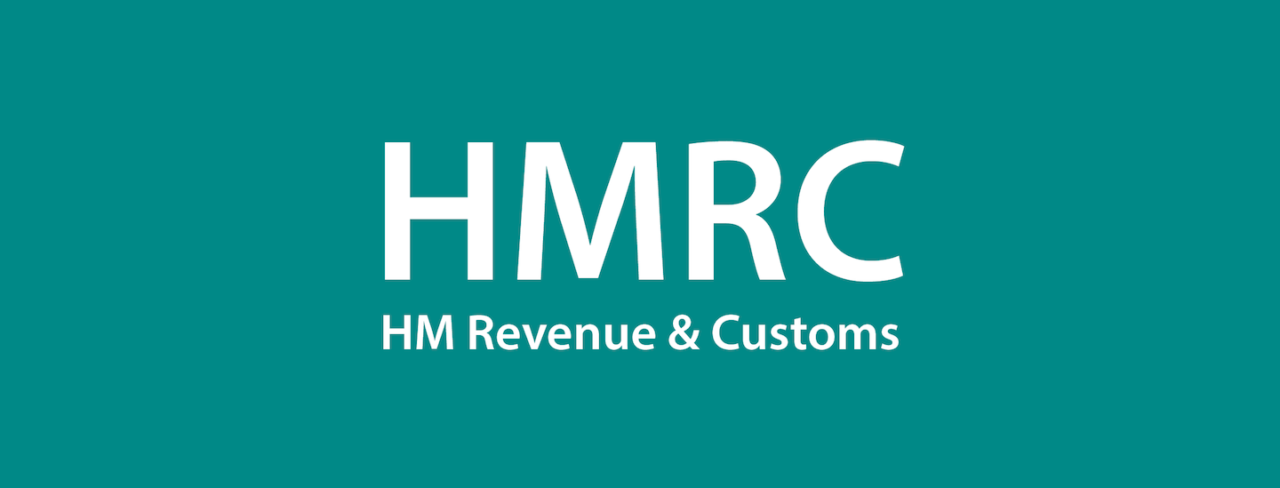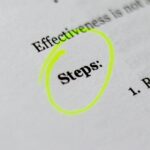All you need to know about self-assessment.
HMRC

The taxpayer is primarily responsible for ensuring that the tax liability for each tax year is properly assessed and the correct amount of tax is paid on the due date. This system is referred to as “Self-Assessment “.
His Majesty’s Revenue and Customs or HMRC consists of a large body of civil servants which is headed by the commissioners for Revenue and Customs. The commissioners are appointed by His Majesty The King in accordance with recommendations made by the Treasury. The treasury has overall responsibility for the public finances of the UK and is directed by the Chancellor of the Exchequer. The principal functions of HMRC are as follows:
- To implement the law relating to direct and indirect taxation.
- To provide advice to the Chancellor of the Exchequer on taxation matters.
- To administer the divisions and officers into which HMRC is organised.
The routine work of the HMRC is carried out by officials known as officer of Revenue and Customs. With regard to direct taxation, the main function of these officials is generally to check a taxpayer’s own self-assessment of the tax liability and then to ensure that the correct amount of tax is paid. HMRC has offices which deal with routine assessments and collection of taxes and for ensuring that taxpayers comply with tax regulations. HMRC has 13 regional offices as of 13th November 2023. Support for taxpayers who need help with their tax affairs is provided by online help through the HMRC webchat or by mobile advisors at convenient locations in the community or by written response.
Tax Year Dates
The changes to the tax system that are proposed in the annual budget speech are usually intended to take affect as from the start of the next tax year. Tax years for individuals and for companies are identified as follows:
A. For individuals, a tax year runs from 6th April to the following 5th For instance, tax year 2022-23 began on 6th April 2022 and ended on 5th April 2023. Tax years are also referred to as “fiscal years “or “years of assessment “.
B. For companies, a corporation tax financial year runs from 1st April to the following 31st March and is identified by the year in which it begins. For instance, the financial year referred to as financial year 2022 began on the 1st of April 2022 and ended on 31st March 2023.
If an individual’s tax liability for a tax year cannot be collected entirely by deduction at source or via the PAYE system, then the liability must be formally assessed. The starting point in the assessment process is usually the completion a SELF ASSESSMENT TAX RETURN.
HMRC procedure

At the end of every tax year, a statutory “notice to file” is normally issued to each taxpayer who is required to submit a self-assessment tax return. Such a notice requires that a tax return is made and delivered usually online to HMRC electronically. Paper tax returns for those taxpayers that need them can be downloaded and printed from HMRC. Voluntary tax returns submitted without prior notice to file by HMRC are accepted and valid.
The main tax return consists of basic eight-page form. There are also several sets of supplementary pages, each of which deals with a different type of income or gains, such as self-employment. Taxpayers are required to complete only those supplementary pages that are relevant to their personal circumstances. A short tax return is available for taxpayers with less complex tax affairs.
Taxpayers can file tax returns electronically or in paper format by most accountants and taxpayers use an electronic format and over 95% of self-assessment tax returns are now filed electronically. The information requested in a tax return relates to the tax year that has just ended. For instance, the tax return notice issued in April 2023 requires taxpayers to declare all their income and gains for the tax year ending 5th April 2023.
A tax return must be completed in full. It is not permissible to omit figures or to make entries such as “see my accounts “or “please find enclosed my accounts “or “figures submitted by employer “. Unless asked to submit your accounts or other supporting documentation with the tax return, a taxpayer is not required to do so. However, it is necessary to retain all supporting documentation in case HMRC makes enquiries into the accuracy of your tax return.
If a main tax return is filed electronically HMRC will calculate the tax liability for taxpayers who take up this option or for those who submit a short paper tax return which does not include a self-calculation facility. In all cases the resulting assessment is referred to as “ self-assessment “.
Self-assessment tax returns must be filed by to HMRC on or before 31st January 2024 for the tax year ended 5th April 2023 for those tax returns filed online. However, if the return notice is issued after 31st January deadline following the end of the tax year the taxpayer has three months from the date of the notice to submit a tax return. For further clarification on late tax return notices please contact www.taxreturnservice.co.uk
Tax Filing Dates/Penalties/Amendments.
Penalties are imposed if a tax return is filed late. Furthermore, the submission of a late return may mean that the tax liability for the year is not determined until after the due date of payment. A taxpayer who pays his or her tax late will incur interest and may also incur a late-payment penalty fine.
The 31st January which follows the end of a tax year is know as the “filing date” for that year. For example, the final tax filing date for the tax year 2022-2023 is normally 31st January 2024. Hmrc is empowered to correct a tax return so as to rectify any obvious errors or omissions within nine months of the date on which the tax return is filed. Similarly, the taxpayer has twelve months to amend his or her tax return within twelve months of the date that he or she filed it with HMRC.
Article written by : Martin Craighan for
Date: 13th November 2023.





1 Comment
Self-Assessment Tax Return Guide: Essential Requirements - Tax Return Service
December 1, 2023[…] your self-assessment tax return might seem daunting, but with the right preparation, it can be a manageable process. To […]